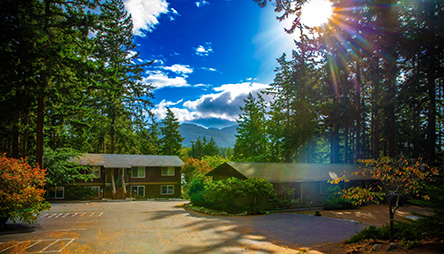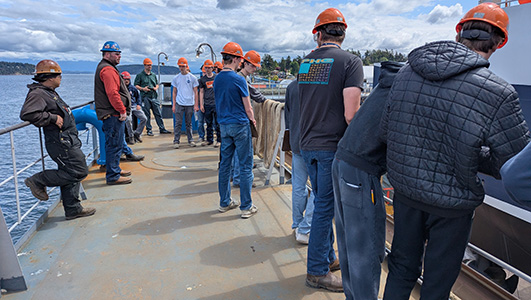— from Tony and Nancy Ayer —
With our experience with tropical winds in the Caribbean experienced during hurricanes (over 80 mph) the major damage to roofs is caused by a differential of pressure between the interior and exterior of the home. It is not the wind blowing off the roof. It is the difference between the pressure inside and outside.
To equalize the pressure inside your home, open a window or door on the lee (back side) of the house. Keep it open until the wind gusts die down. Same is true of commercial buildings (air plane hangers ). If and when wind direction changes and the winds come from another side, do the same until the storm passes.
The predictions for Saturday’s winds are serious. Be prepared to open a window or two.
A little rain coming in the window is a lot easier to handle than having your roof explode.
**If you are reading theOrcasonian for free, thank your fellow islanders. If you would like to support theOrcasonian CLICK HERE to set your modestly-priced, voluntary subscription. Otherwise, no worries; we’re happy to share with you.**








This is what I learned when I Googled this, that this is a false assumption — I’m really confused now!
Can anyone else with reliable experience weigh in?
https://www.snopes.com/science/hurricane.asp
I have lived in the Caribbean for over 70 years and all homes there are designed to “breathe”. They are not built airtight the way many homes here are. Building codes for Florida and the Caribbean require steel roof tie downs to help prevent roofs flying. Properly constructed roofs will not fly in 60 to 80 mph winds. Porch roofs might. Certainly do not open a door or window except in the lee of the house and continue to monitor it until the storm dissipates. Our home on St Croix survived Hurrcane Hugo in 1989 with 210 mph winds over our roof and believe me, the windows on the back side of the house were wide open. Be safe.
Thanks Tony for the additional information. Getting windy out there!!
Just talked to my sister-in-law who lives in hurricane country and she says OK, but be careful. If you don’t get the pressure differential right you could end up stuck to your ceiling. Seriously, thanks Tony and Tracy. It all needs thinking about.